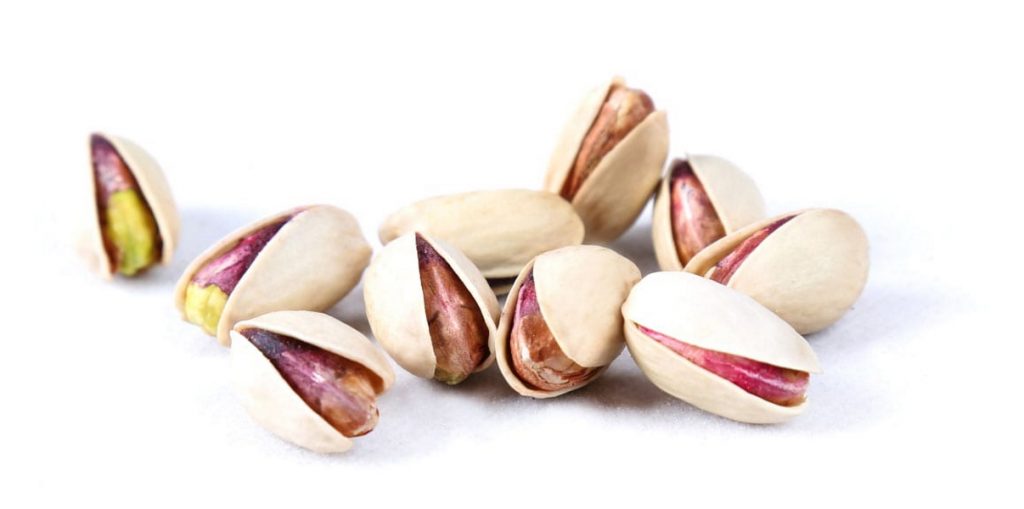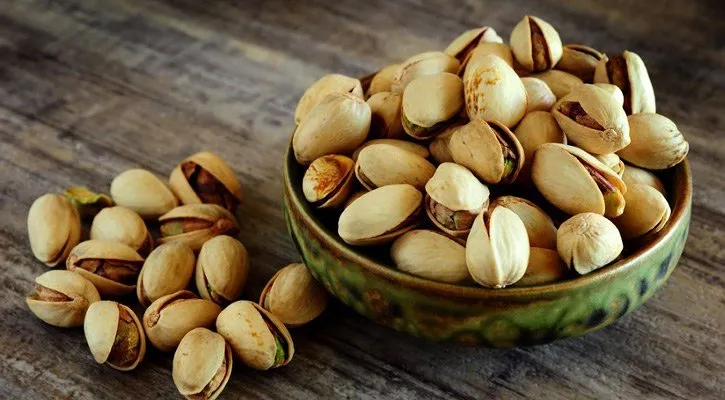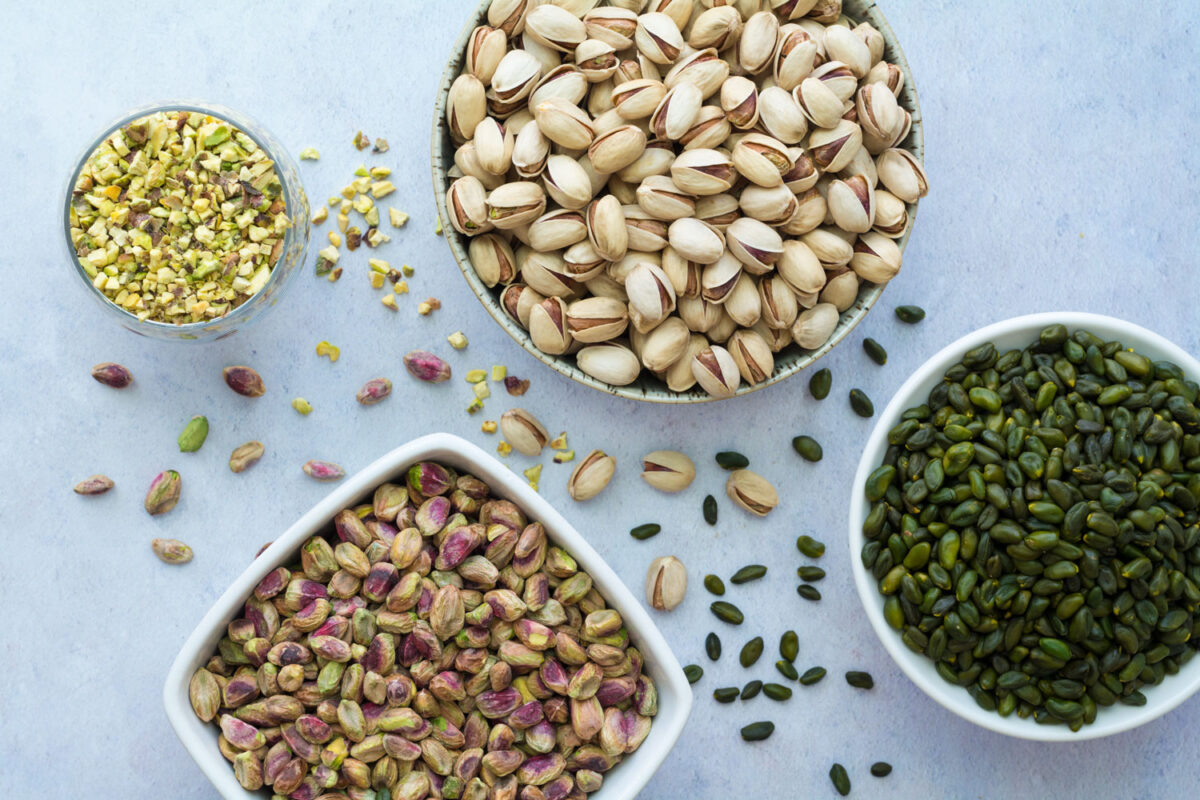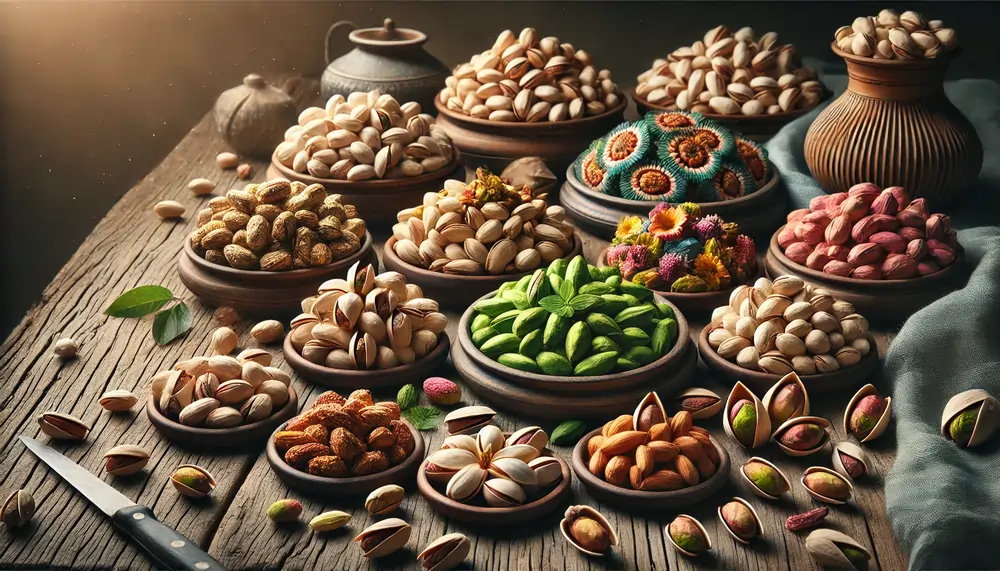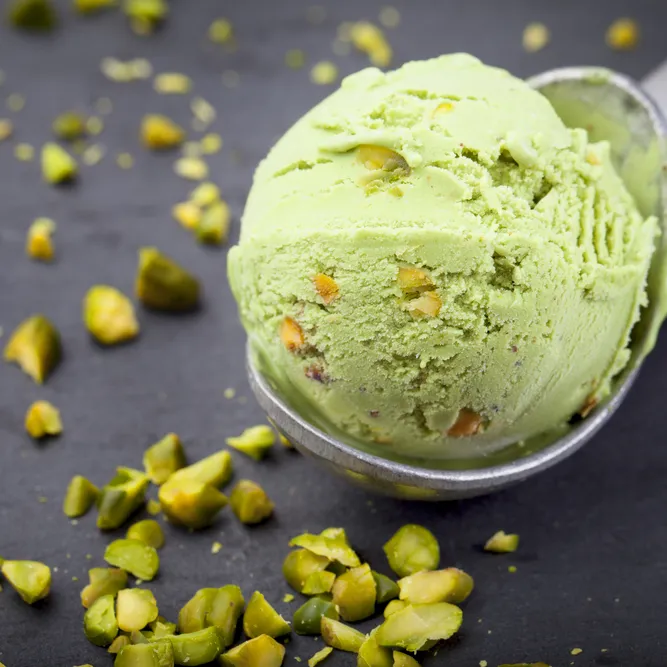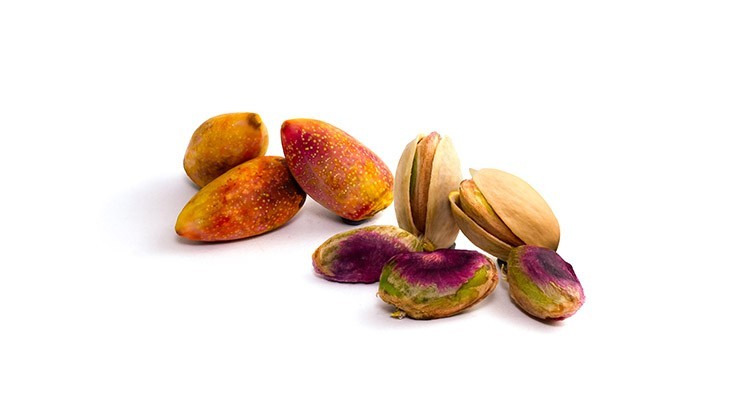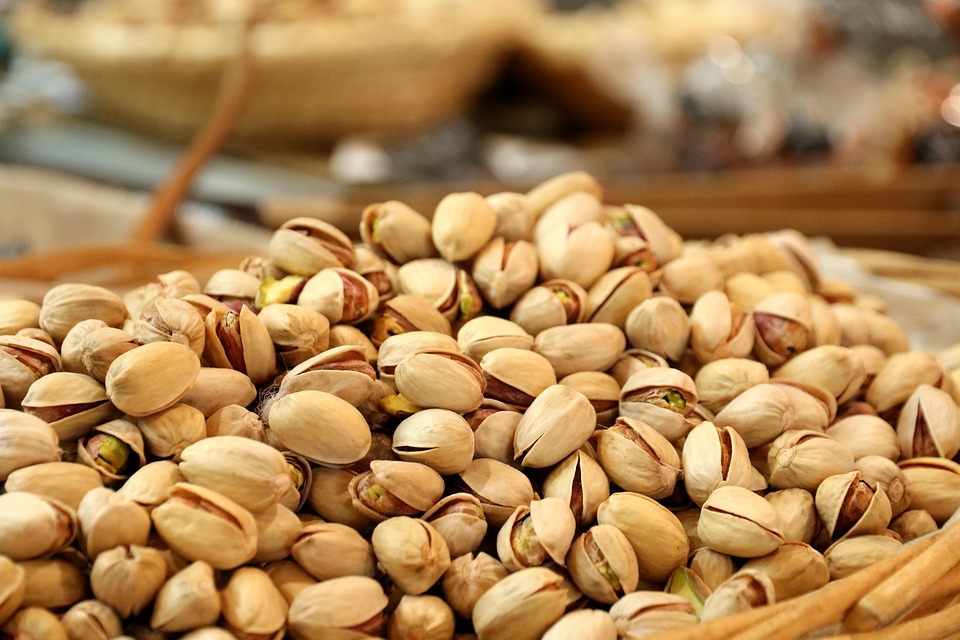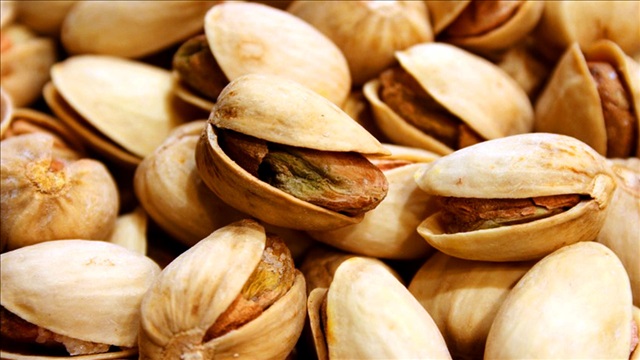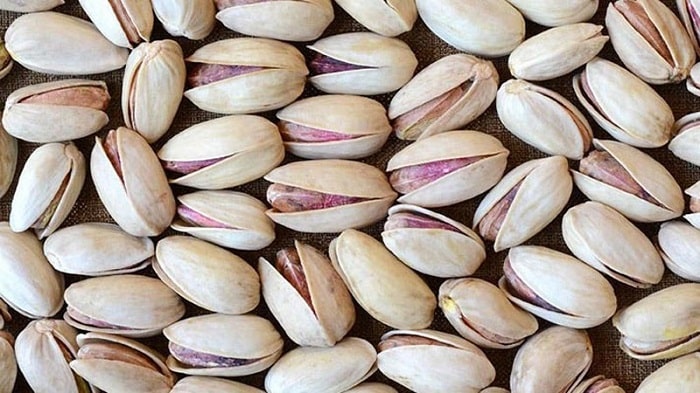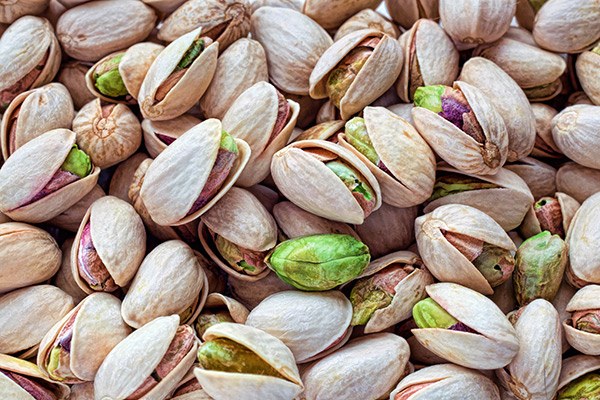Aflatoxin, a naturally occurring group of toxins produced by molds (Aspergillus flavus and Aspergillus parasiticus), poses a significant health risk to humans and animals. These toxins can contaminate a wide range of food crops, including nuts, grains, and dried fruits. Pistachios, with their high oil content and warm, humid growing conditions, are particularly susceptible to aflatoxin contamination.
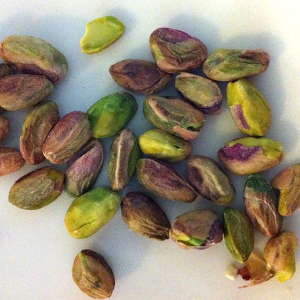
Aflatoxin’s Destructive Effects
Aflatoxin is classified as a class 1 carcinogen by the International Agency for Research on Cancer (IARC), meaning it is strongly associated with the development of liver cancer. It can also cause a range of other health problems, including liver damage, jaundice, kidney failure, and immunosuppression. In severe cases, aflatoxin poisoning can be fatal.
Factors Contributing to Aflatoxin Contamination
Several factors contribute to the risk of aflatoxin contamination in pistachios and other nuts:
-
Climate: Warm, humid climates, like those where pistachios are grown, provide favorable conditions for Aspergillus mold growth.
-
Harvesting Practices: Delays in harvesting and improper post-harvest handling can increase the risk of aflatoxin contamination.
-
Storage Conditions: Improper storage conditions, such as high temperatures and inadequate moisture control, can further exacerbate aflatoxin contamination.
-
Processing Methods: Some processing methods, such as roasting, can reduce aflatoxin levels but may not eliminate them entirely.

Protecting Yourself from Aflatoxin
To minimize your risk of aflatoxin exposure, follow these guidelines:
-
Choose reputable pistachio suppliers: Opt for pistachios from suppliers with a proven track record of quality control and adherence to strict aflatoxin standards.
-
Look for certifications: Reputable suppliers often hold certifications like HACCP (Hazard Analysis and Critical Control Points) and ISO 22000 that demonstrate their commitment to food safety.
-
Inspect pistachios carefully: Before consuming pistachios, visually inspect them for any signs of mold or discoloration.
-
Store pistachios properly: Store pistachios in a cool, dark, and dry place to minimize aflatoxin growth.
-
Roast pistachios before consuming: Roasting can slightly reduce aflatoxin levels, but it’s not a foolproof method.
Aflatoxin in Other Nuts
Aflatoxins can also contaminate other nuts, such as peanuts, almonds, and walnuts. Similarly, grains and dried fruits, such as corn, wheat, and raisins, are also at risk of aflatoxin contamination.
Seeking Safe Pistachios
Responsible pistachio growers and processors implement stringent quality control measures to minimize aflatoxin contamination. These measures include:
-
Regular mold testing: Regular testing of pistachio crops and processing equipment helps identify and eliminate aflatoxin contamination early on.
-
Post-harvest drying: Proper drying of pistachios after harvest can reduce the moisture content, making it less hospitable for Aspergillus mold growth.
-
Storage management: Maintaining proper storage conditions, such as cool temperatures and low humidity, can further inhibit aflatoxin growth.
While pistachios are a nutritious and delicious snack, it’s crucial to be aware of the potential for aflatoxin contamination. By choosing reputable suppliers, inspecting pistachios carefully, and storing them properly, you can minimize your risk of exposure to this harmful toxin.



